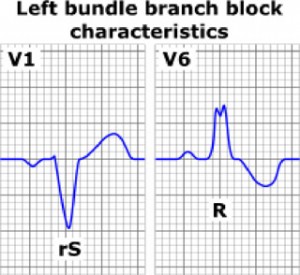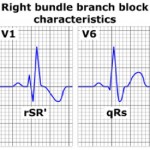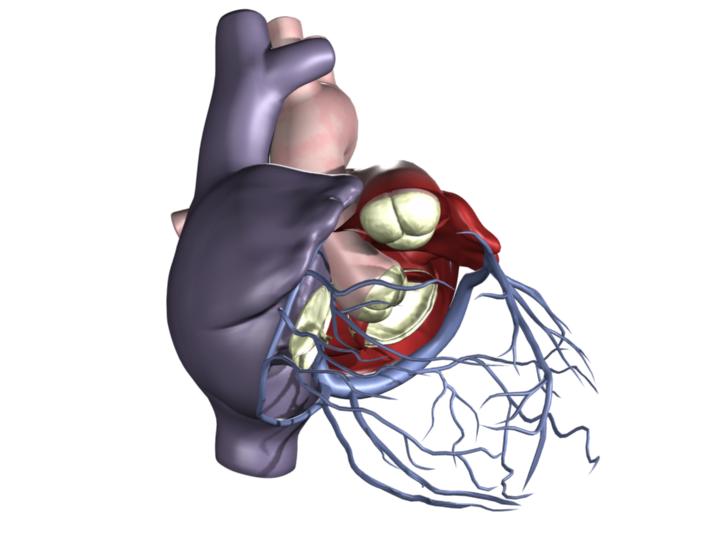Resynchronizer System (CRT-D and CRT-P)
 Refractory heart failure is a condition in which the maximum possible drug therapy fails to give satisfactory results to improve the circulatory conditions in patients with severe dilation and functional impairment of the left ventricle.
Refractory heart failure is a condition in which the maximum possible drug therapy fails to give satisfactory results to improve the circulatory conditions in patients with severe dilation and functional impairment of the left ventricle.

In some of these patients there is an electro-radiographic alteration called “left bundle branch block” (LBBB).
LBBB has been shown to cause alterations in cardiac mechanical activity and is therefore capable of worsening the contractile ability of the heart.
Today it is possible to correct at least in part these alterations, electrically stimulating the left ventricle with leads, positioned venously through the veins that run on the surface of the heart; these veins open into the right atrium and are therefore reachable in a similar way to the more classic sites of stimulation of the heart, i.e. the atrium and the right ventricle.

The combined stimulation technique of the right and left ventricle is called “biventricular pacing” and can give significant benefits to patients with heart failure.
It is good to specify however that this technique gives significant results only in the presence of the left bundle branch block; otherwise, there is no indication for this therapy.
In particular, biventricular pacing has proven capable of:
• improving the contractile efficiency of the left ventricle;
- increasing cardiac output;
- reducing, sometimes very markedly, the typical symptoms of heart failure, such as difficulty breathing (wheezing) and fluid retention.

